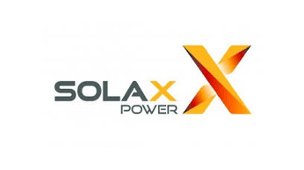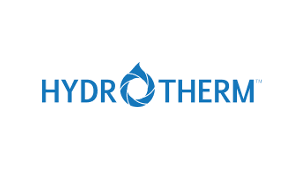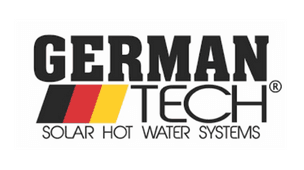Maintain Your Solar System
Solar system specialist Glen Morris wears many hats. The Vice-President of the Australian Solar Council, a technical presenter at workshops and conferences, and contributor to Solar Progress Magazine (where we found this article). More recently Glen took on a role as guest lecturer at Swinburne University teaching Solar Power Systems and Grid Connect short courses. Between commitments he penned these insights into the importance of PV maintenance.
“Recently I had a group of students up at my place learning about installing off-grid renewable energy systems. One of their tasks was to mount some second-hand thin film modules onto the roof of my house. These modules been out in service for about four or five years and had collected some dust in use and subsequent storage. In numerous installation standards and guides for calculating the performance of a PV system we are told to allow 5% for dust and dirt derating. I thought I’d test the thesis. Washing with soapy water first gave about a 5% increase in performance under full midday sun but left a film of soap scum on the modules.
Subsequent hosing and mopping to remove the soap scum added another 5% performance, even after leaving the modules to warm up to normal operating temperatures. The overall outcome was a 10% gain by cleaning what looked like lightly dusted modules.
Maintenance of a PV system is far more than just cleaning though. Considering the investment in power generation that many have made, it is really about ensuring the financial productivity and safety of that system going forward. Apart from cleaning, other important tasks are checking for any physical damage, checking the performance of the system and inspecting the modules for any visible changes to the cells and module structure.”
Some matters to consider:
- Confirm the system is working - compare commissioning records (if any) with actual performance. Remember that modules derate their power very slightly with age (usually <0.5%/year) but this may not be a linear process. Some modules have a very noticeable drop off in performance in their first year or so and then stabilise.
- Working at heights is dangerous. Consider engaging professionals to perform this task safely if you don’t have the necessary skills and equipment.
- Before undertaking any physical checks or cleaning, turn off the system. An electrical fault on the system could make the modules or frame live.
- Perform visual checks first - are there any damaged cables, modules or isolators? If so, call your installer before commencing any further maintenance.
- Wash the modules with plain water – a long handled brush with a hose fitting can make this activity much safer - sometimes even from the ground or the roof edge.
- Wait for the panels to warm up again and recheck the performance. Cool panels produce more power and may give a false sense of gain if you’re too quick in checking the change in output.
And finally, while cleaning your panels, take the opportunity to look closely at the PV modules. If you notice any changes to the colour or evenness of the modules it may be worth having your installer investigate further.
Some visual changes are harmless and just part of the natural aging of the modules but any evidence of overheating or “hot spots” are serious and the systems should be shut down immediately and professional advice sort.
Standards
Since the publication of the new PV array standard AS/NZS 5033 last year, it has become mandatory for all systems to provide user documentation that includes a maintenance schedule. Check that you have one and observe its recommendations. Remember that after the installer’s workmanship warranty has expired the owner is responsible for the upkeep and safety of their electrical system.
SolarGreen offer a panel clean and system inspection service - why not enquire today: http://www.solargreen.net.au/contact-us.html



)
)
)
)
)
)
)
)
)
)
)
)
)
)
)
)
)
)
)
)
)
)
)

